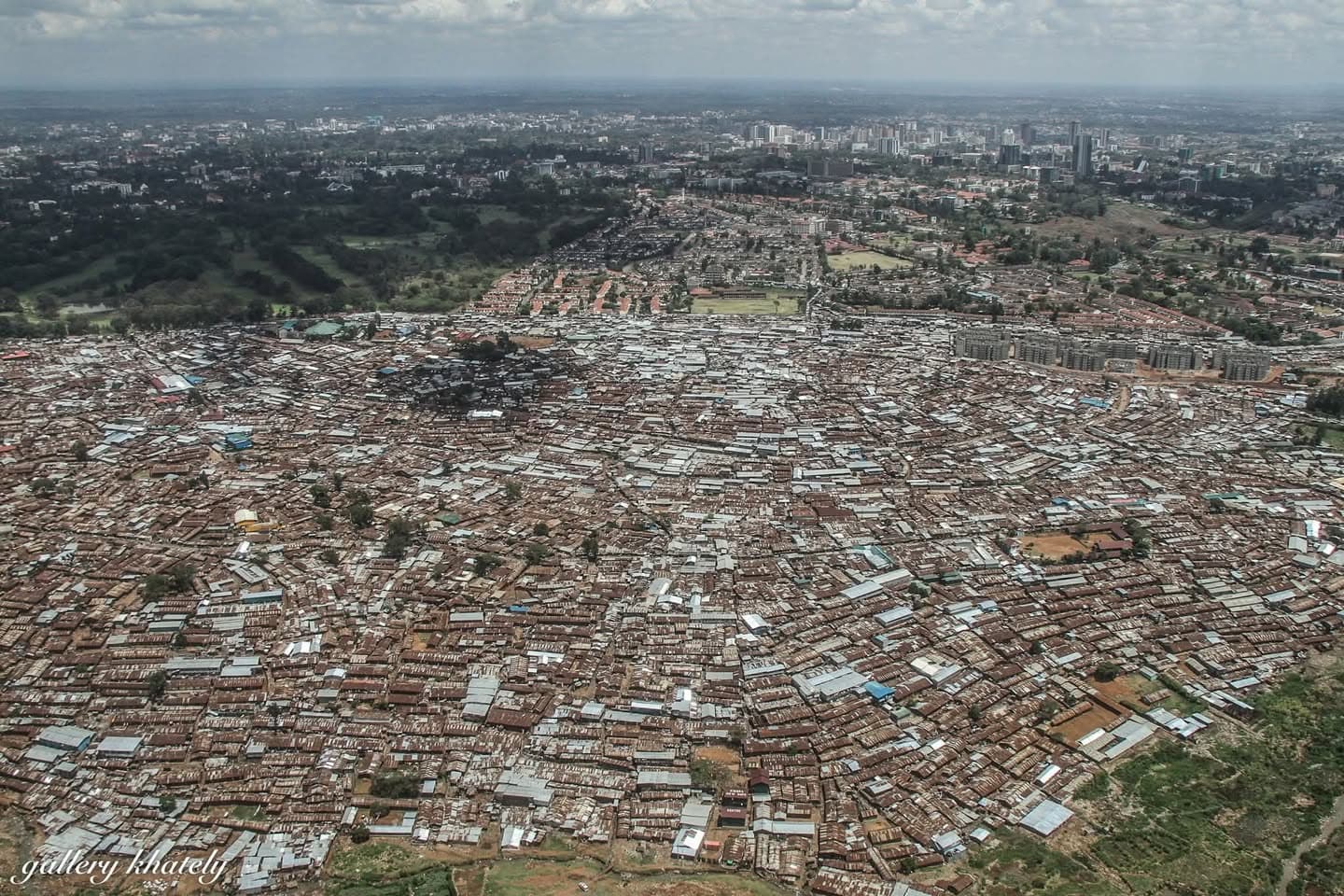We're loading the full news article for you. This includes the article content, images, author information, and related articles.
The distinction between 'Kibra' and 'Kibera' is more than semantics; it reveals a deep history of colonial settlement, land injustice, and the fight for political identity in the heart of Nairobi.

In the heart of Nairobi lies a sprawling, vibrant settlement known globally by two names: Kibra and Kibera. While often used interchangeably, the names tell a story of a century-long evolution from a forested outpost to a politically significant urban centre. The original name, 'Kibra', is a word from the Nubian language meaning 'forest' or 'jungle'. This name was given by the first settlers, soldiers of Nubian origin from Sudan, who were settled there by the British colonial administration. These soldiers had served in the King's African Rifles (KAR), the British colonial army in East Africa, from the late 1880s. As a reward for their service, particularly after World War I, they were allocated plots of land in this forested area on the outskirts of Nairobi around 1912. The British authorities designated approximately 4,197 acres for the demobilised soldiers and their families. However, crucially, the colonial government never granted them formal, permanent land titles, a decision that would sow the seeds of conflict for generations to come. The settlement was considered an 'unauthorised' village on government land, leaving its residents in a perpetual state of legal limbo.
For decades, Kibra remained a relatively small, semi-rural village predominantly inhabited by the Nubian community. However, as Nairobi grew rapidly post-independence in 1963, the area began to change. Rural Kenyans from various ethnic groups, including the Luo, Luhya, and Kikuyu, migrated to the city in search of work and affordable housing. Many found their way to Kibra, renting land and structures from the original Nubian families. It was during this period of expansion and diversification that the name gradually morphed in popular usage from 'Kibra' to the more widely known 'Kibera'. The new Kenyan government maintained the colonial stance, viewing Kibera as an unauthorised settlement on state-owned land. This official neglect meant a near-total absence of government services like clean water, sanitation, schools, or healthcare. As the population swelled, what was once a spaced-out village transformed into one of Africa's largest and most densely populated informal settlements. The lack of secure land tenure became a critical issue, with the Nubian community's historical claim to the land going largely unrecognised, effectively rendering them tenants on their ancestral settlement.
The name 'Kibra' was officially resurrected in the political sphere ahead of the 2013 general elections. The Independent Electoral and Boundaries Commission (IEBC) carved out a new electoral constituency from the larger Lang'ata Constituency, which had encompassed the settlement for decades. This new administrative unit was officially named Kibra Constituency, a deliberate nod to the area's original Nubian name and history. This act of naming was deeply symbolic. It represented a political and cultural reclamation of identity for a community and an area whose history had been overshadowed by the narrative of a 'slum'. Today, 'Kibra' is the official administrative and political designation, used in government documents and elections. It is the name that represents the constituency formerly represented by leaders like Raila Odinga (as part of Lang'ata) and the late Ken Okoth. The term 'Kibera', meanwhile, continues to be used, especially by media, NGOs, and internationally, to refer to the vast informal settlement and its associated socio-economic challenges.
The dual naming of Kibra/Kibera encapsulates the complex reality of this vital part of Nairobi. For many residents, the names are used interchangeably in daily life. However, the distinction carries significant weight. 'Kibra' speaks to a specific history, a claim to land, and a formal political identity. It is a name of origin and belonging, particularly for the Nubian community. 'Kibera' often carries the international burden of being synonymous with 'slum', poverty, and urban deprivation, even as it also represents incredible resilience, community, and vibrant economic activity. The population figures themselves have been a point of contention for years, with early estimates of over a million people being revised down by more rigorous surveys, like the 2009 Kenya Population and Housing Census which reported 170,070 residents, and the Map Kibera Project which estimated a population between 235,000 and 270,000. Understanding the difference between 'Kibra' and 'Kibera' is to understand a microcosm of Kenyan history. It is a story of colonial legacies, the unresolved question of land rights, the dynamics of urbanisation, and the powerful role of political representation in shaping identity. The journey from a Nubian forest to a contested constituency reveals the enduring struggle for recognition and rights at the very heart of Kenya's capital city.
Keep the conversation in one place—threads here stay linked to the story and in the forums.
Other hot threads
E-sports and Gaming Community in Kenya
Active 7 months ago
Popular Recreational Activities Across Counties
Active 7 months ago
The Role of Technology in Modern Agriculture (AgriTech)
Active 7 months ago
Investing in Youth Sports Development Programs
Active 7 months ago